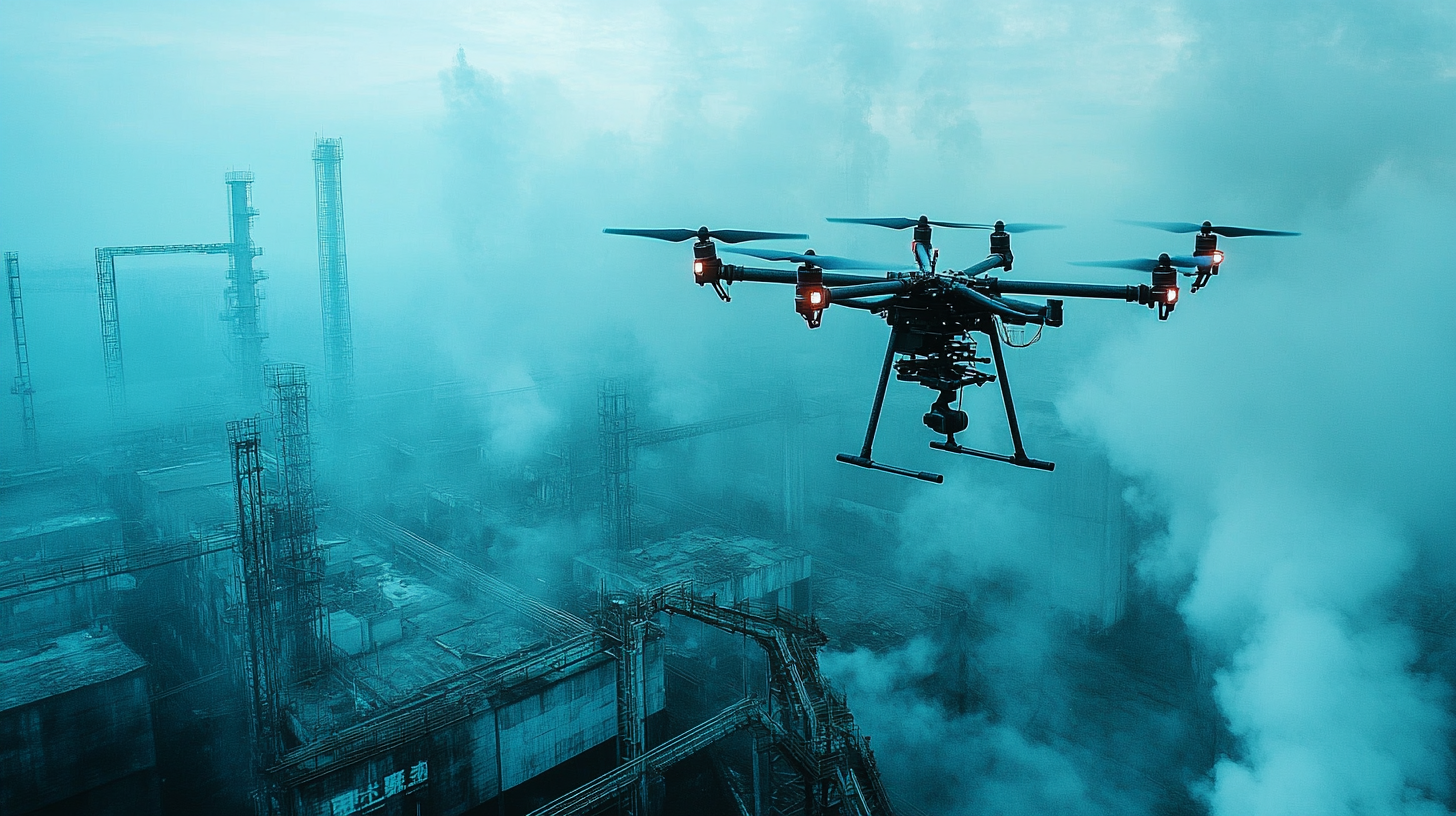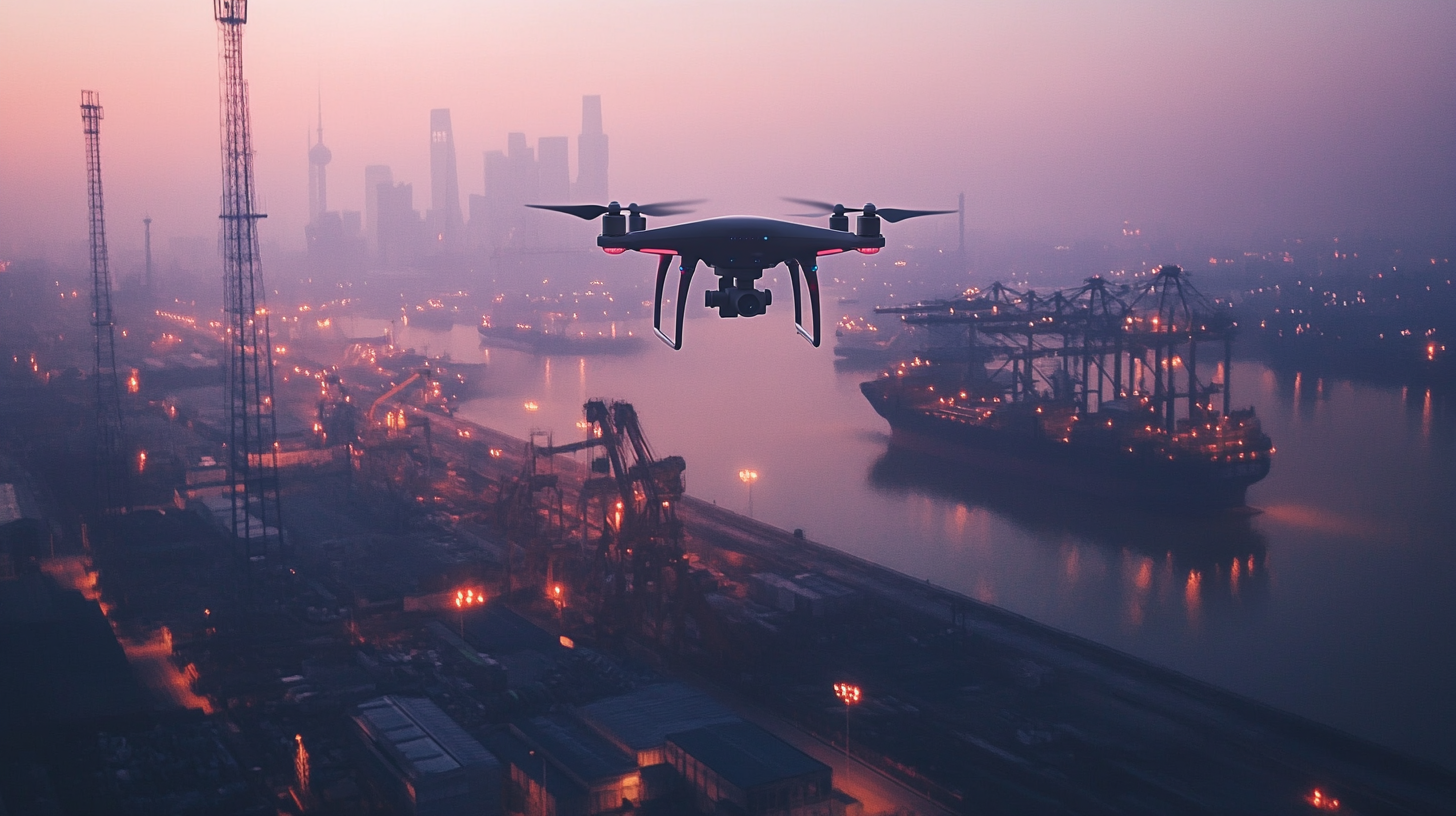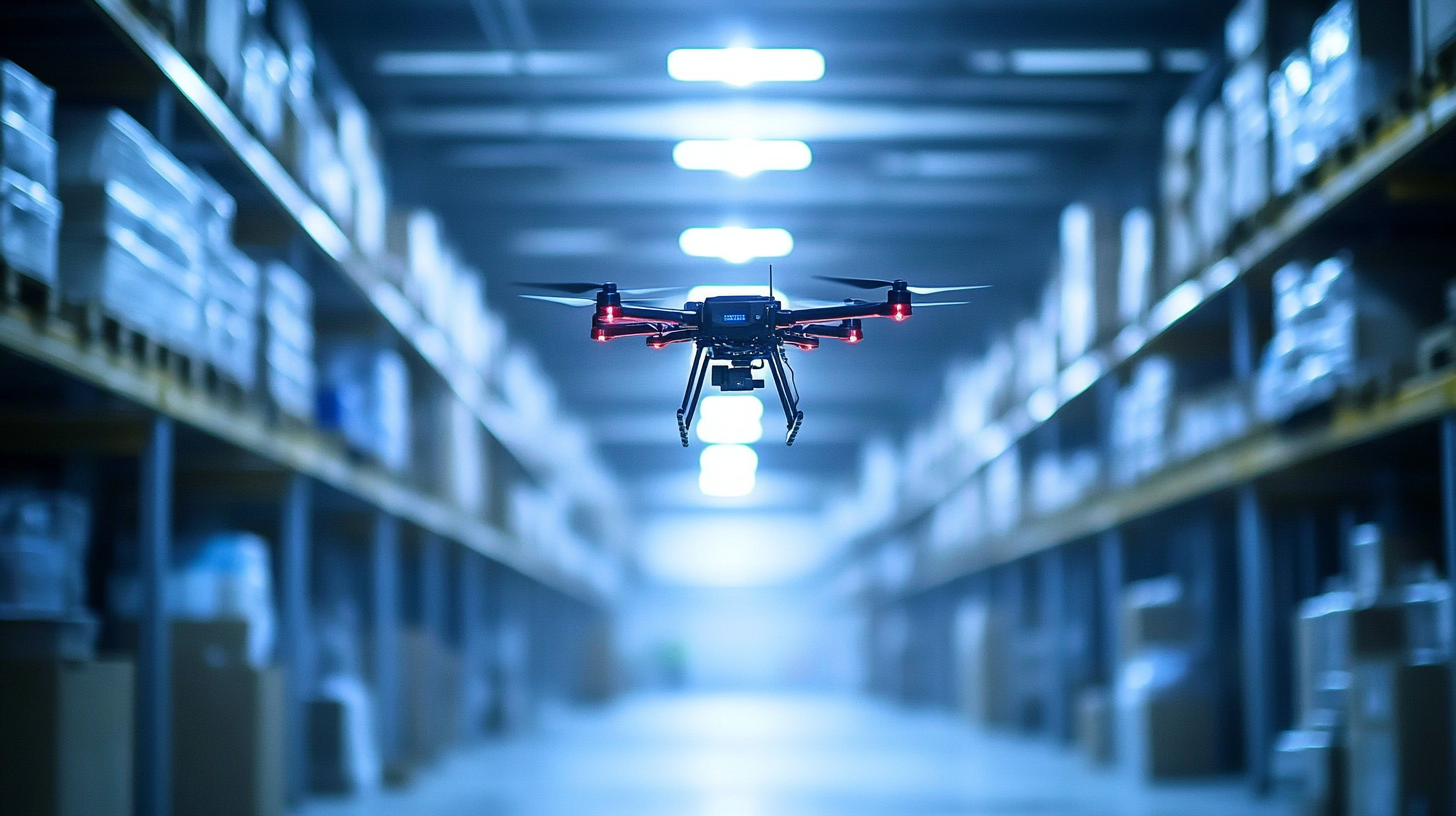China's Manufacturing Resilience in the Drone Industry Amidst US China Tariff Challenges
In recent years, the drone industry has emerged as a pivotal sector within China's manufacturing landscape, showcasing remarkable resilience even amid the challenges posed by US-China tariff disputes. Despite the economic pressures and increasing tariffs imposed by the United States, China's manufacturers have not only adapted but thrived, continuing to produce some of the world's top-rated drones. This extraordinary growth can be attributed to a combination of strategic innovation, robust supply chains, and a commitment to maintaining competitive pricing. As global demand for drones escalates across various sectors—ranging from agriculture to surveillance—China's ability to navigate these trade hurdles ensures that it remains at the forefront of drone manufacturing. This blog will explore the factors contributing to China's manufacturing resilience and highlight how its industry continues to excel, even in a landscape fraught with geopolitical uncertainties.

Impact of US-China Tariffs on Drone Manufacturing Growth in China
The ongoing trade tensions and tariffs between the US and China have posed significant challenges for various industries, including the drone manufacturing sector. Despite these obstacles, China's drone manufacturers have showcased remarkable resilience. A key factor in this resilience is their ability to adapt to shifting market demands and invest in research and development, allowing them to innovate and enhance their product offerings. This strategic agility has enabled companies to mitigate the adverse impacts of tariffs while continuing to expand their market presence globally.
Moreover, the Chinese government has played a crucial role in supporting drone manufacturing through subsidies and favorable policies. This backing not only helps domestic manufacturers absorb shockwaves from tariffs but also promotes technological advancements and encourages local production. As a result, Chinese drone manufacturers are not only positioning themselves to withstand current challenges but are also setting the stage for long-term growth in an increasingly competitive market. With a focus on automation and smart technologies, the country's drone industry is poised to lead the future of aerial innovations, showcasing its strength even in the face of international trade barriers.
Key Metrics Highlighting China's Drone Industry Resilience Amid Trade Wars
China's drone industry has displayed remarkable resilience amid the challenges posed by US-China trade tensions. Key metrics reveal that despite the tariffs implemented on various Chinese goods, the production and export of drones have not only persisted but have also seen significant growth. The industry has rapidly adapted by enhancing domestic supply chains and innovating new technologies, which have helped mitigate the impacts of external pressures.
One notable highlight is the increase in research and development investments from Chinese drone manufacturers. In the last two years, several companies have ramped up their spending on advanced technologies, such as artificial intelligence and autonomous navigation systems. This strategic pivot not only strengthens their market position but also enhances their competitiveness on a global scale. Furthermore, the export of Chinese drones, especially to developing countries, has surged, indicating a shift in market dynamics and broader acceptance of Chinese technology abroad.
China's Manufacturing Resilience in the Drone Industry
This chart showcases the growth in production volume and export value of China's drone industry over recent years, illustrating its resilience amidst US-China tariff challenges.
Technological Advancements in China's Drone Sector Supporting Market Expansion
China's drone industry is experiencing remarkable growth, fueled by substantial technological advancements and an increasingly competitive market landscape. The demand for target drones is surging across various sectors, particularly in military and defense, where the global military drone market was valued at approximately USD 36.14 billion in 2023. This market is anticipated to grow at a compound annual growth rate (CAGR) of 13.8% through 2030, underscoring the critical role of innovation and advancement in sustaining such growth.
As China's universities and domestic enterprises enhance their innovation capacities, the country is carving out a significant place in the global drone sector. The establishment of a new R&D hub in Shenzhen is set to bolster research and development efforts, signaling a commitment to expanding capabilities in drone technology. Furthermore, optimized export control measures are paving the way for domestic civilian drones to reach international markets, demonstrating China's intent to leverage its technological prowess amidst ongoing tariff challenges with the U.S. This strategic pivot illustrates how advancements in technology support not only market expansion but also China’s aspirations to become a leading innovator in advanced industries.

Strategies Employed by Chinese Manufacturers to Navigate Tariff Challenges
Chinese manufacturers in the drone industry are employing various strategies to navigate the challenges posed by recent US tariffs. With the ongoing trade tensions, these companies are adapting by enhancing their negotiation tactics and cost management practices. They are leveraging the uncertainty around tariffs as a bargaining chip to negotiate lower prices from suppliers, ultimately reducing manufacturing costs. This approach allows them to maintain competitiveness in the global market while managing increased expenses due to tariffs.
Additionally, many Chinese manufacturers are diversifying their supply chains to mitigate risks associated with tariff fluctuations. By broadening their sourcing options geographically and investing in local production facilities, they are not only safeguarding against tariff impacts but also enhancing their operational flexibility. This multi-pronged strategy equips them to respond more effectively to the ever-changing trade landscape, keeping their manufacturing operations resilient in the face of external pressures.

Future Projections for China's Drone Industry in a Tariff-Constrained Environment
As China faces ongoing tariff challenges from the US, the resilience of its drone industry becomes a focal point for future growth. Despite these barriers, many companies are innovating and adapting their supply chains to mitigate the effects of tariffs. This adaptability showcases the industry’s potential to thrive even in a constrained environment, with manufacturers focusing on enhancing production efficiencies and developing new technologies to maintain a competitive edge.
One key tip for businesses in the drone sector is to explore partnerships with local suppliers. By reducing dependencies on imported materials and components, companies can navigate tariff impacts more effectively. Furthermore, investing in research and development can lead to breakthroughs that not only improve product offerings but also attract domestic and international clients alike.
Projections for the future indicate that companies that embrace flexibility and innovation will likely emerge as leaders in the drone market. Staying informed about global market trends and continuously adapting to regulatory changes will be essential. Implementing strategic planning and diversifying product lines can also provide robust pathways to success in this evolving landscape.
China's Manufacturing Resilience in the Drone Industry Amidst US China Tariff Challenges - Future Projections for China's Drone Industry in a Tariff-Constrained Environment
| Year |
Projected Growth Rate (%) |
Market Size (Billion USD) |
Export Share (%) |
Key Challenges |
| 2023 |
15 |
22.5 |
30 |
Tariffs, supply chain disruptions |
| 2024 |
12 |
25.2 |
28 |
Increased competition, regulatory hurdles |
| 2025 |
10 |
27.7 |
25 |
Global sanctions, technological shifts |
| 2026 |
8 |
29.9 |
23 |
Intellectual property disputes |
| 2027 |
6 |
31.6 |
20 |
Environmental regulations |